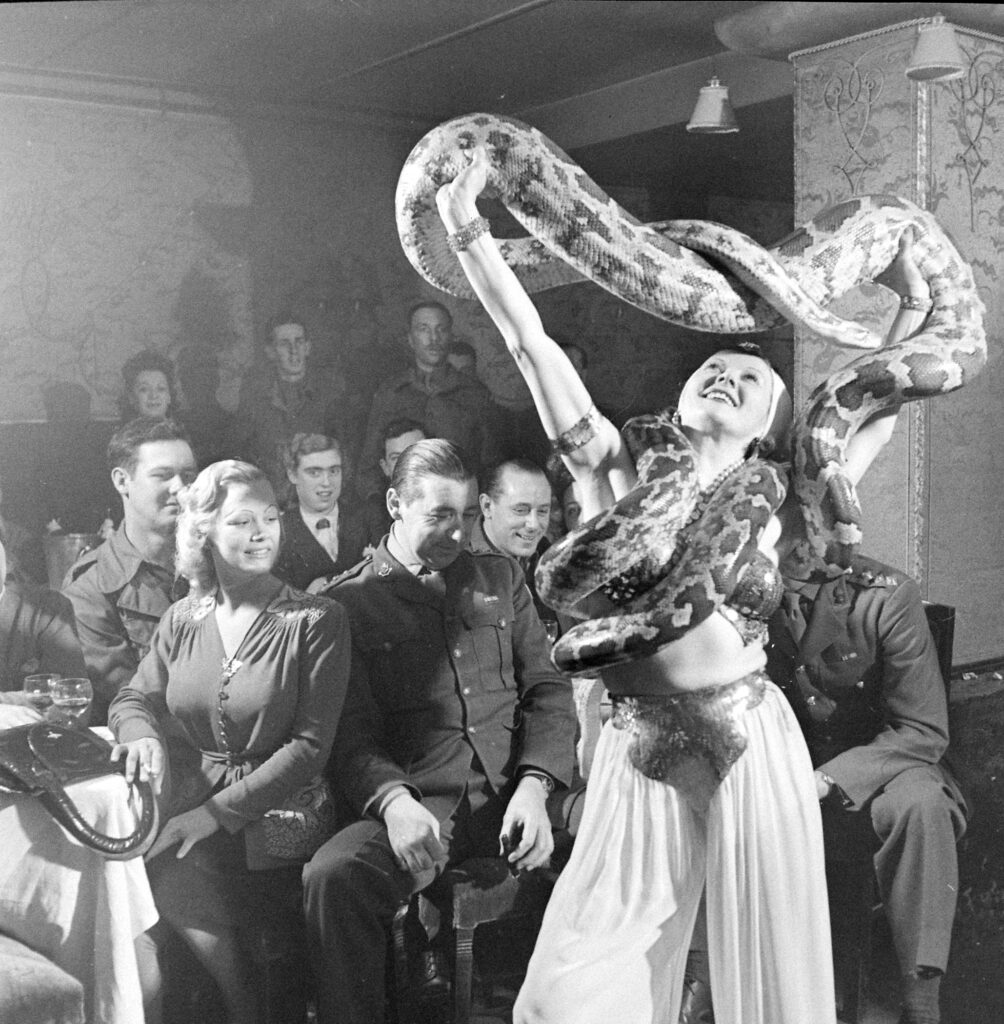The phenomenon known as Dust Bowl was a horror of the middle part of the last century, and the result of a destructive mix of brutal weather and uninformed agricultural practices that left farmland vulnerable.
Here, LIFE.com looks back, through the lens of the great Margaret Bourke-White, at a period when as LIFE phrased it in a May 1954 issue there was a “Dusty Plague Upon the Land.”
The delicate, lethal powder spread in a brown mist across the prairie horizon. Across Colorado, Kansas, Oklahoma, Texas and New Mexico, the darkening swirls of loosened topsoil chewed their way across the plains, destroying or damaging 16 million acres of land. Man fought back with such techniques as chiseling. . . . driving a plow six inches into the soil to turn up clots of dirt which might help hold the precious land from the vicious winds. Against the dusty tide these feeble efforts came too little and too late. Two decades after the nation’s worst drought year in history, 1934, the southern plains were again officially labeled by the U.S. government with two familiar words “Dust Bowl.”

The threatening storm rose above a farm near Hartman, Colo. Once range land, it was almost ruined by wheat farming.
Margaret Bourke-White/Life Pictures/Shutterstock

A protective pattern was spread across a farm near Walsh, Colo. by farmer using two tractors (upper right).
Margaret Bourke-White/Life Pictures/Shutterstock

A Colorado farming family during the 1954 Dust Bowl.
Margaret Bourke-White/Life Pictures/Shutterstock

The antidust measure of furrowing land, taken by a conservation-minded farmer in Baca County, went for naught when a neighbor’s unfurrowed land blew across his farm, killing a crop of winter wheat.
Margaret Bourke-White/Life Pictures/Shutterstock

An irrigation ditch near Amity was cleared of dust, which filled it for 20 miles to depth of six feet.
Margaret Bourke-White/Life Pictures/Shutterstock

Colorado dust bowl, 1954.
Margaret Bourke-White/Life Pictures/Shutterstock

Colorado Dust Bowl, 1954.
Margaret Bourke-White/Life Pictures/Shutterstock

Colorado Dust Bowl, 1954.
Margaret Bourke-White/Life Pictures/Shutterstock

Colorado Dust Bowl, 1954.
Margaret Bourke-White/Life Pictures/Shutterstock

Colorado Dust Bowl, 1954.
Margaret Bourke-White/Life Pictures/Shutterstock

Colorado Dust Bowl, 1954.
Margaret Bourke-White/Life Pictures/Shutterstock

Coloradans Art Blooding and his family inspected their newly bought farm in 50-mph wind.
Margaret Bourke-White/Life Pictures/Shutterstock

Colorado Dust Bowl, 1954.
Margaret Bourke-White/Life Pictures/Shutterstock

Wild ducks that had choked to death on the dust made a graveyard of what was at one time a watering stop on their spring migrations.
Margaret Bourke-White/Life Pictures/Shutterstock

Felled broomcorn lay near Walsh, once ‘Broomcorn Capital of U.S.’
Margaret Bourke-White/Life Pictures/Shutterstock

Colorado Dust Bowl, 1954.
Margaret Bourke-White/Life Pictures/Shutterstock

A farm house was damaged by a dust storm, Colorado, 1954.
Margaret Bourke-White/Life Pictures/Shutterstock

Colorado Dust Bowl, 1954.
Margaret Bourke-White/Life Pictures/Shutterstock

Colorado Dust Bowl, 1954.
Margaret Bourke-White/Life Pictures/Shutterstock

Colorado Dust Bowl, 1954.
Margaret Bourke-White/Life Pictures/Shutterstock

A Colorado farming family during the 1954 Dust Bowl.
Margaret Bourke-White/Life Pictures/Shutterstock





























